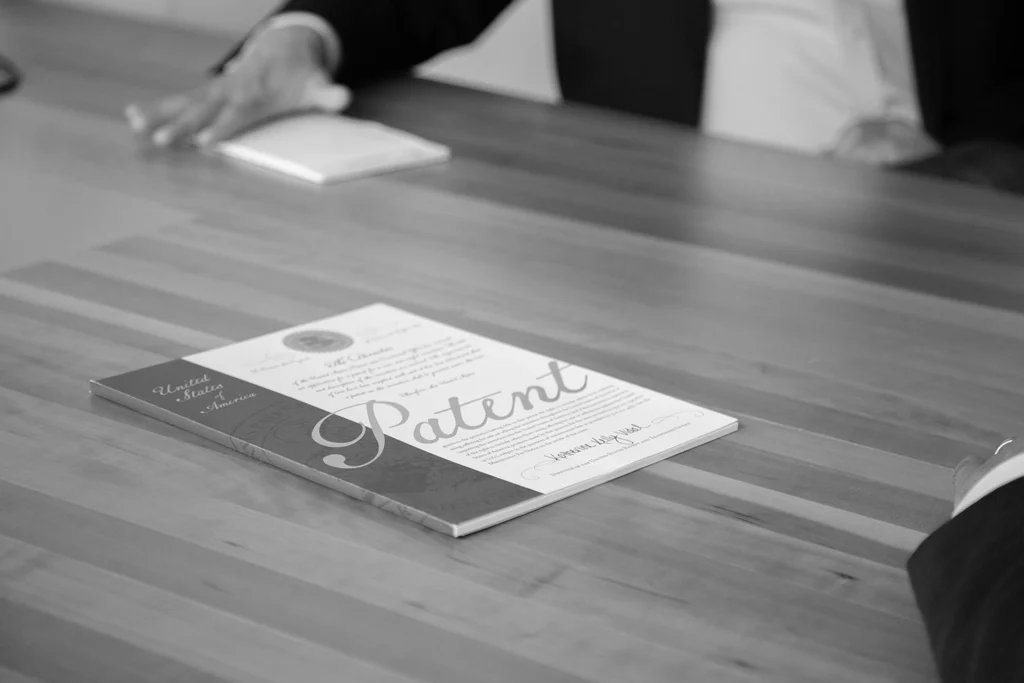It’s easy to understand why willful infringement deserves a harsher punishment than nonwillful infringement. But it’s not always so easy to understand the type of conduct that gives rise to the level of “willful.” The U.S. Court of Appeals for the Second Circuit has provided some helpful guidance on this issue, as well as the evidence required to justify an award of the infringer’s profits.
Brands do battle
Reflex Performance Resources Inc., a related entity of 4 Pillar Dynasty (Pillar), designs and sells women’s activewear online under the registered trademark “Velocity.” New York & Company (NY&C) is a specialty women’s apparel retailer with hundreds of retail stores across the country. It sells branded clothing through its stores and website.
Reflex and 4 Pillar sued NY&C, alleging that NY&C’s use of the name “NY&C Velocity” for an NY&C line of women’s active wear infringed the “Velocity” trademark. At trial, NY&C presented no evidence or testimony, despite focusing heavily in its opening statement on the expected testimony of two witnesses on the company’s decision to use the “NY&C Velocity” name.
The jury found willful infringement by NY&C, and the court awarded almost $1.8 million in damages — the amount of NY&C’s gross profits from its “NY&C Velocity” line. NY&C appealed.
“Blatant” infringement supports profit disgorgement
NY&C claimed that the trial court had erred in concluding that the plaintiffs had presented sufficient evidence of willfulness. The trial court based its finding on:
- NY&C’s failure to stop selling the allegedly infringing goods after the lawsuit was filed,
- NY&C’s failure to call the witnesses it had represented would testify, and
- Its determination that NY&C’s use of the word “Velocity” was, on its face, a blatant infringement.
On appeal, NY&C contended that its decision not to cease selling the products after litigation began didn’t support an inference of willful infringement. It also claimed that the decision not to call the witnesses was simply a strategic one, made because it didn’t believe the plaintiffs had proven willfulness.
The Second Circuit acknowledged that these arguments had “some force.” Nonetheless, it couldn’t conclude that the trial court’s finding — which reflected the unanimous determination of an advisory jury and was made after witnessing the trial — was clearly wrong.
The court noted that NY&C had provided no evidence explaining or justifying its failure to stop selling the infringing clothing after receiving actual notice of the allegations. Instead, the company’s argument at trial focused on the purported weakness of the Velocity mark and attacking the credibility and business practices of one of Reflex’s owners.
The court further found that the trial court could draw an adverse inference from NY&C’s failure to call its witnesses. In light of its reasonable determination that the infringement was blatant, the trial court could permissibly infer that the witnesses’ testimony would have been less than credible.
NY&C also contended that an award of an infringer’s profits requires proof of actual consumer confusion. The appellate court pointed to a previous decision and firmly reiterated that “in our Circuit, a plaintiff need not establish actual consumer confusion to recover lost profits under the Lanham Act.” The Eighth and Ninth Circuits have reached the same conclusion.
A caveat on confusion
Bear in mind that, while actual consumer confusion isn’t relevant to a profits award based on a deterrence rationale, it’s not irrelevant altogether. As the court emphasized, actual confusion is a critical factor when determining whether infringement occurred in the first place.
4 Pillar Dynasty LLC v. New York & Co., Inc., No. 17-2398, July 5, 2019, 2d Cir.

